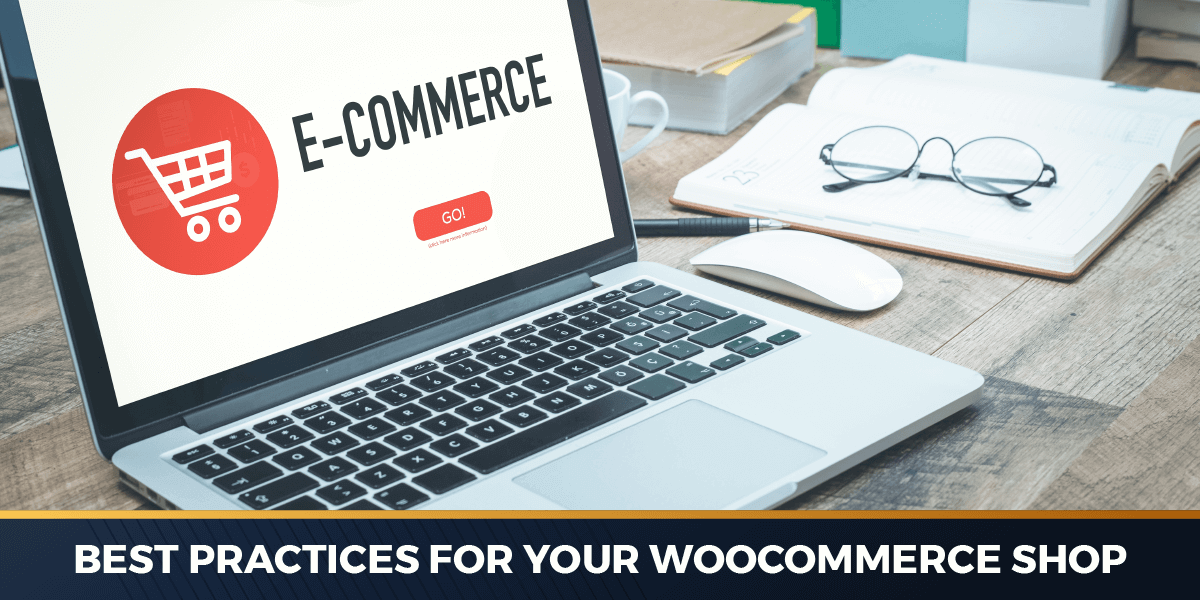Choosing to power your ecommerce shop with WooCommerce is a smart move. Thirty percent of all e-commerce stores are powered by WooCommerce, including some of the world’s big brands like Singer, Weber, and Ghostbed. There’s a good reason for that: WooCommerce provides a higher level of customization than other platforms, which is exactly what brands need.
Customizing your WooCommerce store is easy. You don’t need to be a programmer to perform most modifications. If you’re not familiar with WordPress, the internet is full of tutorials designed to teach you how to do anything.
However, before you dive into implementing those tutorials, there are some best practices to follow to maintain the integrity of your e-commerce site.
1. Plugins aren’t always the best way to add custom features
You may be tempted to install a new plugin for each custom feature you want to add. However, plugins should be reserved for minor changes only. Additionally, WordPress sites with too many plugins tend to perform slower and become a security risk.
The Code Snippets for PHP plugin allows you to add snippets of PHP to your site that you can deactivate at any time. This is a convenient way to add features to your site that you can turn on or off. The Jetpack plugin allows you to edit your CSS. Making these minor changes with a plugin is acceptable, although, if you’re going to implement major changes, you need a child theme.
2. Always use a child theme from the beginning
A child theme is a directory that holds a couple core theme files (styles.css and functions.php). A child theme’s files will override the same file in the parent theme. For instance, any code you add to your styles.css file in your child theme will override the styles defined in the parent theme’s styles.css file.
The override feature is how you can change your site’s style without having to worry about your changes being wiped out in an update. For example, say you want to modify the background color of your theme. Instead of editing the parent theme’s CSS file, you’d activate a child theme and edit the child theme’s CSS file.
However, you define the background color property in your child theme’s CSS file will override the style defined in the parent theme’s CSS file. You don’t need to copy the entire original CSS file to change it – you only need to define the specific elements you want to override the parent theme’s stylesheet. Your child theme’s CSS file might be completely blank, except for a single line of code.
Not using a child theme means you’ve got to work harder to create and maintain your customizations. There’s nothing wrong with customizing your CSS through your theme’s custom dashboard, provided the option exists. In fact, this is a fairly safe method of customizing CSS. However, you should know how to use a child theme just in case you end up using a theme that doesn’t have a styles dashboard.
3. Test your sales and checkout process frequently
Schedule a time to test your sales and checkout process at least once a month. If once a month sounds too frequent, consider that it doesn’t take much to disrupt the checkout process, and not every customer will send you an email if they encounter a problem. Especially if the glitch is small and they’re still able to successfully checkout.
The biggest reason for abandoned shopping carts is a difficult checkout process. According to Forbes, the Baymard Institute reported that 67.91% of people will abandon their shopping cart. Some of the difficulties are within your control. For instance:
- 56% of consumers said they abandoned their shopping cart due to unexpected costs at the end.
- 25% said the website navigation was too complicated.
- 21% said the process took too long.
- 18% said there were too many payment security checks
- 16% said the delivery options didn’t work for them.
All of the above factors are within your control to fix.
It’s important to test your entire sales process as a new customer as well as a registered user (if you offer that option). You’ll be able to catch and fix problems quickly.
4. Ensure the continuity of your email marketing messages
You might only have one main email marketing campaign with a set amount of emails you drip-feed to every new subscriber. That’s fairly common, and it’s a great strategy. Just make sure your welcome email is general enough to apply to all of your customers to avoid confusion.
This is especially important when you collect leads from various sources and offers. You don’t want to send everyone an email that says, “thanks for downloading our free ebook” when you’re also collecting leads through a free trial, or another offer.
If you created your email marketing campaign prior to collecting leads through multiple offers, make sure you aren’t thanking leads for signing up for a specific offer. That email will just confuse anyone who came to you through a different offer. It might even make them unsubscribe.
If you can, segment your leads based on what offer they’ve signed up under, and send each group an individual welcome email.
5. Choose the right hosting provider
Hosting is cheap these days, but cheap isn’t always the best. For example, if your hosting provider doesn’t offer SSL, you may want to reconsider your host. SSL is vital not just for security, but for SEO as well, since Google now considers SSL a search signal.
Need a host for your WooCommerce site? We can help
If you need a secure and reliable hosting provider for your WooCommerce site, we can help. We’ve got dedicated servers and custom solutions for any e-commerce site, big or small. Connect with us today, and we’ll help you choose the package that’s right for you.



